September 27, 2023
The Lego Player
Jérémie Palacci promoted to Professor. Interview by C/O Vienna Magazine
Jérémie Palacci is a physicist at the Institute of Science and Technology Austria (ISTA) in Klosterneuburg near Vienna. He has just been promoted to Professor. His specialty? Soft matter – everything that is squishy – like jell-o or shampoos. Palacci’s research group, with the onomatopoeic name MATERIALI MOLLI LAB, does even more: It makes small lego machines from building blocks that are a hundred times smaller than a hair. Sounds crazy – and it is! The artworks included in this interview were created by Dutch artist and photographer Viviane Sassen.
In collaboration with C/O Vienna Magazine by Bernardo Vortisch, concept by Antje Mayer-Salvi, images by Viviane Sassen, Mia Meus
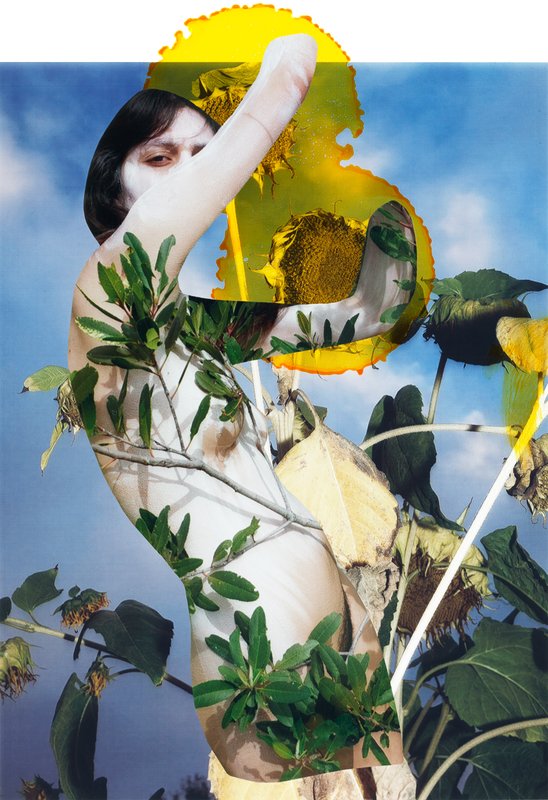
Bernardo Vortisch: I’m not a natural scientist. Can you explain your work to me as easy as possible?
Jérémie Palacci: If you look at human biology and how we are built, it starts with molecules which assemble into little building blocks, like Lego, into bigger structures that can do things. For example, some of them become small protein motors, that move along other biological parts, which then contract your muscles. Very often these parts need fuel, and biology knows how to do this remarkably well. You keep assembling these tiny structures until they become something bigger, like a person.
And your lab can replicate these structures synthetically?
From a synthetic point of view, we’re still at the infancy of doing that. My group is trying to make small Lego machines from building blocks a hundred times smaller than a hair. The idea is to put them together, so they can recognize each other and self-assemble into new structures autonomously. Our special expertise is to equip them with a little engine, so that they can consume fuel and not only be structured, but the new structures themselves can move and do functions.
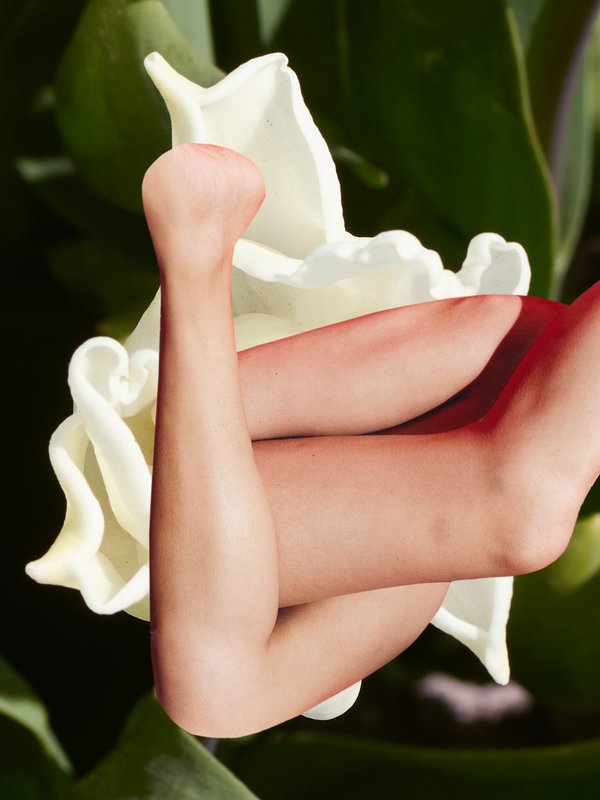
So, it’s more like Lego Technic, right?
Yes, Lego Technic.
Is this what a meta machine is?
A colleague of ours and some other people say one of the key features of biology is that it’s made of machines, [that in turn are] made of machines, which is a meta machine. Biology doesn’t do at once something very tricky and complex, typically what happens is you have a lot of small building blocks and then constantly assemble more of these building blocks into things that can do more things. It’s a system of machines. There’s a cool quote by Leibniz which says that life is made of machines: “I define the Organism, or natural Machine, a machine in which each part is a machine […], whereas the parts of our artificial machines are not machines.”
Speaking of Legos and building blocks: where you curious as a child?
To me the curiosity is the main drive. To be honest I’m a little bit surprised how people in Academia sometimes tend to be very narrowminded. I take the same pleasure in going to see an exhibition, as I do in going to see a scientific talk. What is considered wasting time in other occupations is central to what I do, to take the time to just look at things that are different and learn new things, without always wondering if I can use it or reinject it into my work.
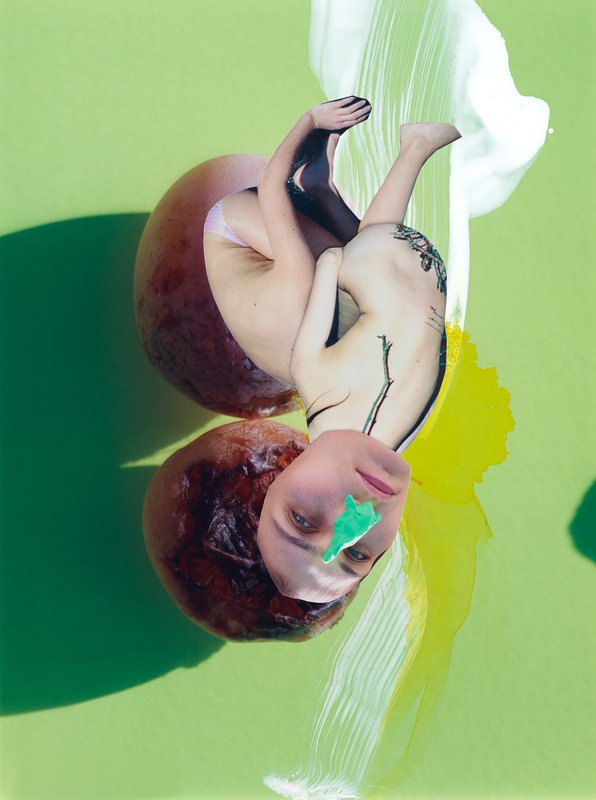
Does that mean you can do what you want?
But I think there’s a difference between curiosity-driven and vain. Curiosity-driven doesn’t mean I can do what I want, especially because our work is primarily publicly funded. If I want to work on a subject which is only of interest to me, I can do that in my spare time. It’s very important to write funding proposals, because if you can’t find five people in your field interested in what you’re looking into, maybe you should do something else.
Another central part of your research are biomimetic organisms. Sounds complicated. Can you quickly explain to me what those are?
A biomimetic organism means that we try to mimic biology. For example, a squid can change color and camouflage. I could say that’s cool and take a bio-mimetic approach, which means I try to make material that would be able to mimic colors surrounding it by using bio elements, maybe finding some pigments from the squid and integrate them into some artificial system and have a mix. There’s also the bioinspired approach, which means you are inspired by biology but totally free yourself from any of the mechanisms or the paths, they mustn’t be the same, you just want the same outcome.
Sounds cool! The field of soft matter has been booming academically in physics since 30 years, right?
So, the bigger field is called condensed matter physics. It means that you have a bunch of stuff that behaves differently if you put it together. A crowd doesn’t have the same properties as a single agent. You go from being responsible from for yourself to a system that reacts collectively. This is the whole field of condensed matter physics. There is hard condensed matter, which is typically electrons, magnets and similar material, and there is its counterpart, soft condensed matter, in which you look at squishy and soft materials.
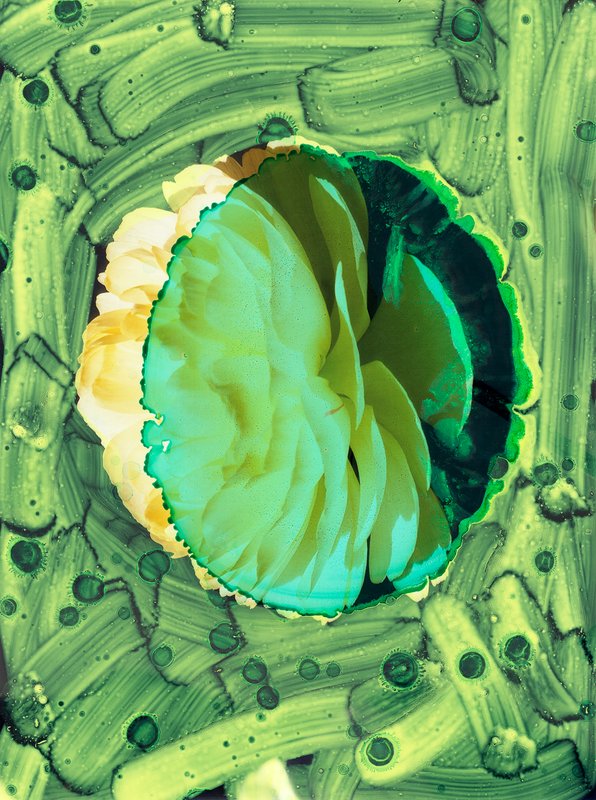
What type of materials would that be?
Jams, Shampoo, all those things. In High School, I don’t know if you remember, you’re told a liquid takes the shape of the container and a solid holds his own shape, that’s how you differentiate them.
And isn’t that true?
This simple image of „those things are solid; those things are liquid“ isn’t always correct. Take mayonnaise: is it solid or liquid? If you put it in a bear-shaped container, it will take the shape of the bear, like a liquid. Once you scoop it out and put it on a plate it will keep its own shape, like a solid. But as soon as you press down on it with a spoon, it will flow out. Another example is liquid crystals, like the ones used in old displays. You can remember, as soon as you used your phone in the cold, the crystals would become very slow. Just by changing the temperature a little bit, from 20 to 5 degrees, which isn’t a lot in physics. We work at room temperature. All these little materials can change properties by doing relatively little to them.
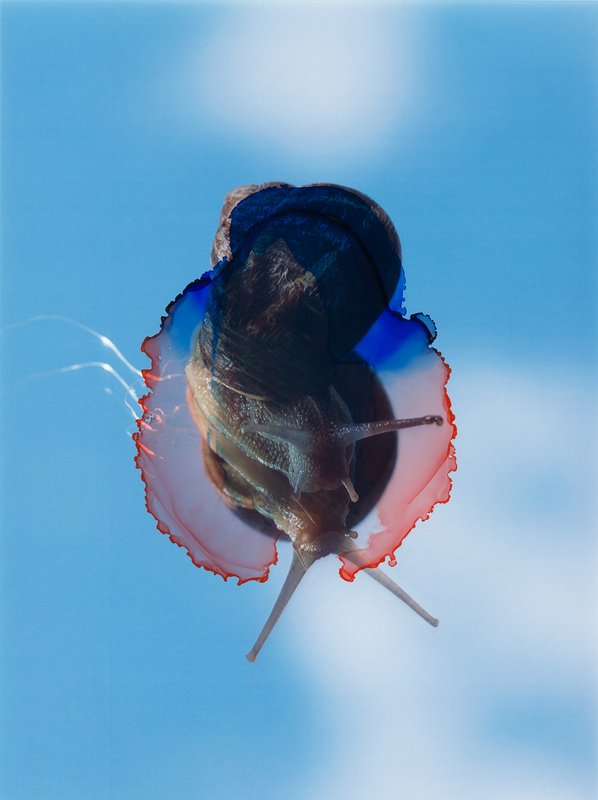
Can you tell me what a colloid is? Does that refer to the scale of the things you work on?
A colloid is any stuff between ten nanometers and a few microns. It’s small enough so that if you put it in water, it wiggles around because of the molecules that hit the water molecules. If you want to self-assemble something you must prepare the building blocks of your Legos, so they can find each other. It can be any shape, any material.
So how do you look at this stuff? Do you use microscopes?
Yes! So, these things are about one micron in size. You can see about 200 microns with your eye, that is the thickness of a single hair. Everything below that is too small, so we use a microscope, which works down to 500 nanometers. Everything we work with starts at one micron, which we then assemble into bigger stuff, up until one to two hundred microns, so we cover everything with an optical microscope.
What can be the future applications of your work?
We don’t really worry much about the actual application, it’s not something we necessarily go for. There is also some expectation that this kind of materials would dissipate energy in a very funny way and have really weird mechanical behavior, [depending on the direction you push them].

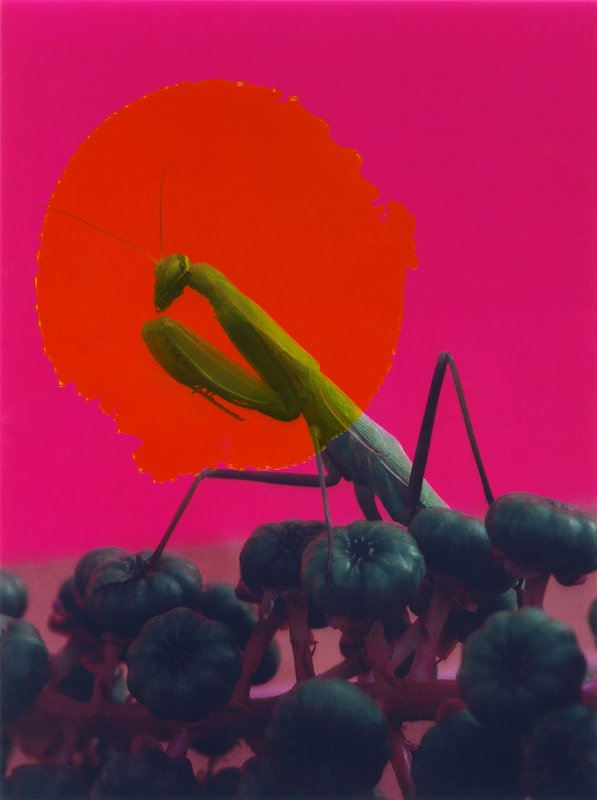
In their book, Sassen and Coccia juxtapose a history of earth and nature with art history. In doing so, they aim to make visible the fundamental creativity of the material world. © Viviane Sassen
So, for instance, we won’t be able to make a living computer out of it?
There are people trying to do neuromorphic computing, with salty water and nanofluidics [note: tiny water currents, on the nanometer scale], which is very much what biology does to make your brain work, a little bit of salt and nanopores between cells. You can do that, though that’s not at all what we’re doing here.
Can I use your little metamachines and biomimetic organisms to create art? Can I prepare a self-assembling painting that works like an organism?
That really depends on what you want to do [with them]. If you were to put them on a canvas, they would draw a trajectory and move across the canvas a certain way. One of the drivers of what we do for me is the visual appeal. It’s very important to me that the work is visually satisfactory.
Theoretically, I could make paint that works that way, put it on a canvas, which is conductive to that, and it could react like that, close to a living thing?
Yes. For example, one of the reasons these particles move is that they consume fuel. You could, I imagine, put them on a substrate, and the canvas is made reactive to some of the outcomes of the reaction. Then you could let them do their thing and let them slide, so that you would have the imprint on the canvas of each one of those particles as a pattern. Some people in San Diego did a similar thing, with the outcome of the paper being that they wrote a single word.
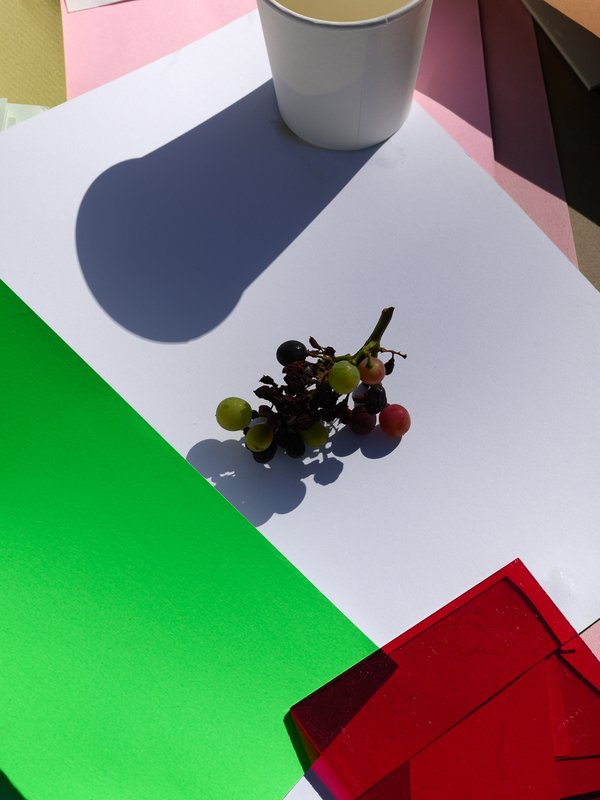
So, if I had infinite resources, I could make them write a paper?
It would be even more painful than writing a normal paper, but you could.
Can your research tell us something about the origin of life?
To me it’s more about how far we can go without life, which has some connection to the origin of life. The origin of life people tend to look for the minimal ingredients to get life happening, for us it’s really about how much agency a synthetic system can have, and how smart it can be. We are very far from what life knows how to do, even the stupidest organic organism is still way ahead of our most advanced synthetic one, but the rules are still the same. So, there is no reason we cannot get there. Our challenge is to close this gap and try to get to a point where our lifeless system is getting closer to a system that’s alive.
Do you like to cook? Does it affect your work?
Yeah, we cook a lot. I think one most often finds new ideas or solutions to problems while doing something else. Going for a run or watching a movie is the best thing you can do [in my opinion]. [Often the problem you’re working on] needs to be contained and left for later. There’s also a lot of intersections between soft matter and the art of cooking. There is a very famous scientist in soft matter, at Harvard, David Weitz, who hosted the chef of elBulli, Ferran Adria, and gave him a residency, where he held a class on the physics and chemistry of cooking. If you do slow food and 70-degree-eggs that always remain liquid, that’s soft matter.
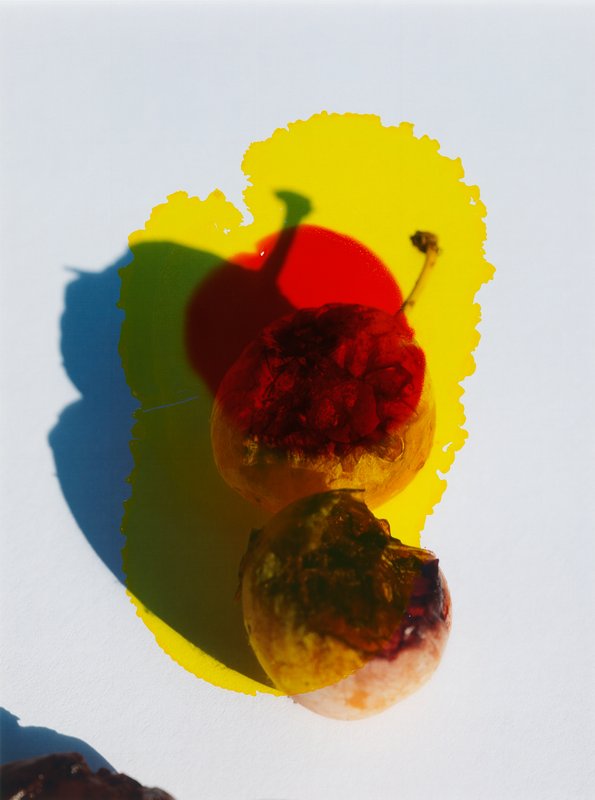
Are you an experimental cook? Do you like to play around with it?
For cooking? Well, I really like it when things are simple. I don’t think it needs to be really complicated with lots of steps and ingredients. Often people think if it’s complicated it’s going to be better. I think there’s very little correlation with how much pain you inflict on yourself and the outcome, and simple cooking actually requires a lot more expertise. Like one thing I learned last Tuesday, I got like a big cast iron pan, rather than a Teflon, is that there is no reason why you should ever need an anti-stick pan. As soon as you want things to taste good and have this nice outside crunchiness, then your pan has to be hot and then it never sticks. You find this in everything, like in steak recipes.
How important is creativity for your work?
To me one thing I take pride in, in what we have done as a group, is that it is very original. This subfield in soft matter of Lego technics and micron colloids is called active matter, and it has been a booming field for less than 15 years. Unfortunately, it is very much plagued by incremental work, doing the same thing over and over. One of the goals of the lab is to do things that are a little out of the market path, unique and different. This creative touch and originality is something that’s really important to me. We are trained to do stuff that’s different and new, which makes it harder, but then you don’t have to split hairs. If it’s already been done, or if you know the answer, why should you do it?
Thank you very much for the conversation.

Jérémie Palacci is a physicist and has been researching the field of soft matter for years, along with his research group, the MATERIALI MOLLI LAB. After finishing his doctorate at the École Normale Supérieure in Lyon, Jérémie’s academic career brought him to New York (NYU), San Diego (UC), and finally, the Institute of Science and Technology Austria (ISTA), in Klosterneuburg, where he has just been promoted to Professor. Information and updates on his work can be found on the
WEBSITE OF HIS RESEARCH GROUP.
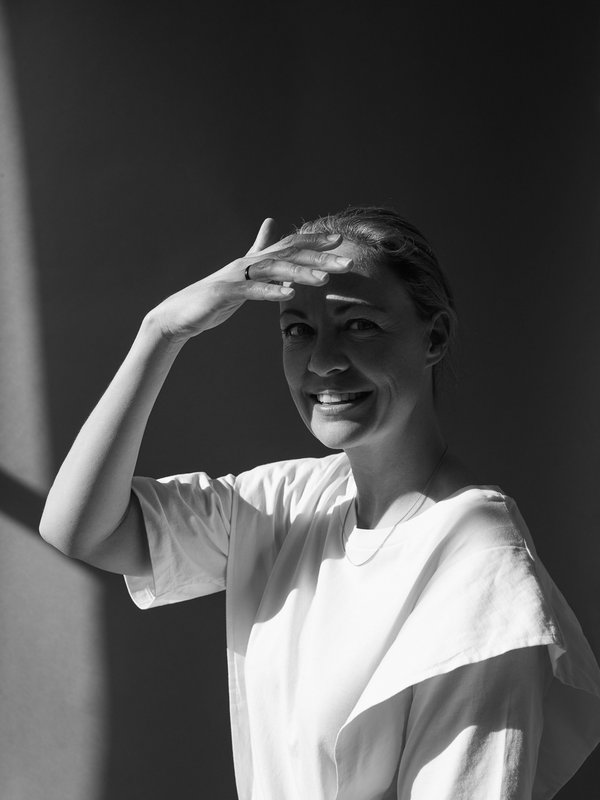
Viviane Sassen is an internationally known Dutch artist and photographer, working in fine art and fashion contexts. The artworks used in this story are taken from her current book modern alchemy, a cooperation with Italian philosopher Emanuele Coccia, published by JBE BOOKS.
VIVIANESASSEN.COM




